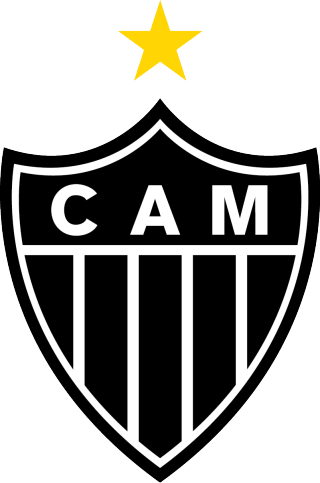
Clube Atlético Mineiro, commonly known as Atlético Mineiro and colloquially as Galo, is a professional football club of Belo Horizonte, the capital city of the Brazilian state of Minas Gerais. The team competes in the Campeonato Brasileiro Série A, the first level of Brazilian football, as well as in the Campeonato Mineiro, the top tier state league of Minas Gerais.

Vila Nova de Famalicão is a Portuguese town with a population of approximately 133,048 inhabitants in an area of 201,59 km2, subdivided into 49 parishes. Inserted in the Braga District, in the North Region of Portugal and in the Sub-Region of Vale do Ave, global positioned at 41⁰24’36” N | 8⁰31’13.53” W. The population of Vila Nova was created in 1205 with the charter given by the King Sancho I. The municipality was created in 1835 as a detachment from Barcelos and was elevated to the category of “Vila” with the charter given by the Queen D. Maria II. In 1985, approved by National Assembly, Vila Nova de Famalicão was elevated to the category of "city". The inhabitants of Famalicão are called Famalicenses.

Penafiel (Portuguese pronunciation:[pɨnɐfiˈɛl]or is a municipality and former bishopric in the northern Portuguese district of Porto. Capital of the Tâmega Subregion, the population was 72,265 in 2011, in an area of 212.24 square kilometres.
Senhor, from the Latin Senior, is the Portuguese word for lord, sir or mister. Its feminine form is senhora. The term is related to Spanish señor, Catalan senyor, Occitan sénher, French seigneur, and Italian signore.
"The Maid Freed from the Gallows" is one of many titles of a centuries-old folk song about a condemned maiden pleading for someone to buy her freedom from the executioner. Other variants and/or titles include "The Gallows Pole", "The Gallis Pole", "Hangman", "The Prickle-Holly Bush", "The Golden Ball", and "Hold Up Your Hand, Old Joshua She Cried." In the collection of ballads compiled by Francis James Child in the late 19th century, it is indexed as Child Ballad number 95; 11 variants, some fragmentary, are indexed as 95A to 95K. The Roud Folk Song Index identifies it as number 144.
The Enchanted moura or moura encantada is a supernatural being from the fairy tales of Portuguese and Galician folklore. Very beautiful and seductive, she lives under an imposed occult spell. Shapeshifters, the mouras encantadas occupy liminal spaces and are builders with stone of formidable strength.

Tourism in Portugal serves millions of international and domestic tourists. Tourists visit to see cities, historic landmarks, enjoy beaches, or religious sites. As of 2023, Portugal had 26.5 million international visitors. In addition, there were also 11 million trips made by Portuguese residents including overnight stays at local hotels.
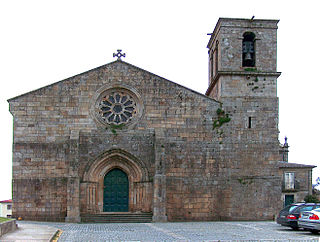
Barcelos is a city and a municipality in Braga District in the Minho Province, in the north of Portugal. The population in 2011 was 120,391, in an area of 378.90 km2. With 60 parishes, it is the municipality with the highest number of parishes in the country. It is one of the growing municipalities in the country, and is well known for its textile and adobe industries, as well as its horseback riding events and "figurado" style of pottery, which are comical figurines with accentuated features of farmers, folk musicians, and nativity scene characters.
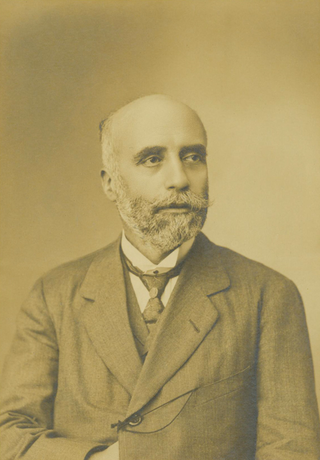
José Leite de Vasconcelos Cardoso Pereira de Melo, known as simply Leite de Vasconcelos, was a Portuguese ethnographer, archaeologist and prolific author who wrote extensively on Portuguese philology and prehistory. He was the founder and the first director of the Portuguese National Museum of Archaeology.

Dominic de la Calzada was a saint from a cottage in Burgos very close to La Rioja.
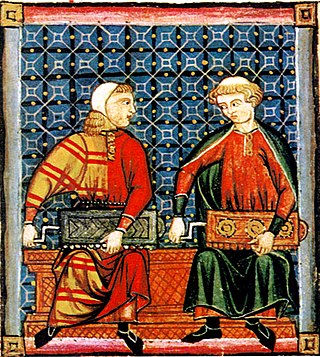
In the Middle Ages, the Galician-Portuguese lyric, also known as trovadorismo in Portugal and trobadorismo in Galicia, was a lyric poetic school or movement. All told, there are around 1680 texts in the so-called secular lyric or lírica profana. At the time Galician-Portuguese was the language used in nearly all of Iberia for lyric poetry. From this language derives both modern Galician and Portuguese. The school, which was influenced to some extent by the Occitan troubadours, is first documented at the end of the twelfth century and lasted until the middle of the fourteenth, with its zenith coming in the middle of the thirteenth century, centered on the person of Alfonso X, The Wise King. It is the earliest known poetic movement in Galicia or Portugal and represents not only the beginnings of but one of the high points of poetic history in both countries and in Medieval Europe. Modern Galicia has seen a revival movement called neotrobadorismo.

The County of Portugal refers to two successive medieval counties in the region around Guimarães and Porto, today corresponding to littoral northern Portugal, within which the identity of the Portuguese people formed. The first county existed from the mid-ninth to the mid-eleventh centuries as a vassalage of the Kingdom of Asturias and the Kingdom of Galicia and also part of the Kingdom of León, before being abolished as a result of rebellion. A larger entity under the same name was then reestablished in the late 11th century and subsequently elevated by its count in the mid-12th century into an independent Kingdom of Portugal.

Vítor Bruno Rodrigues Gonçalves is a Portuguese professional footballer who plays as a midfielder for Liga Portugal 2 club C.D. Mafra.

The symbols of Portugal are official and unofficial flags, icons or cultural expressions that are emblematic, representative or otherwise characteristic of Portugal and of its culture.

Diogo de Barcelos Machado Bettencourt was a politician and judicial magistrate, as well as judge for several districts in the Azores, as well as Civil Governor of Horta.

Aldyr Garcia Schlee was a Brazilian writer, journalist, translator, illustrator, and professor.
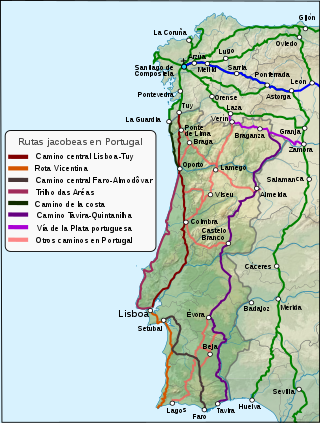
The Portuguese Way is the name of the Camino de Santiago pilgrimage routes starting in Portugal. It begins at Porto or Lisbon. From Porto, along the Douro River, pilgrims travel north crossing the five main rivers—the Ave, Cávado, Neiva, Lima and Minho—before entering Spain and passing through Pontevedra on the way to Santiago de Compostela.

António Mota is a Portuguese writer, known for his works of literature for children and young people.
Vila Nova de Gaia is a tourist destination in northern Portugal, located opposite Porto on the South bank of Douro river. The cities connect through several bridges over Douro river. Vila Nova de Gaia is home to several notable attractions, such as the Port wine cellars, Dom Luís I Bridge, the Teleferico, Monastery of Serra do Pilar, Douro Estuary and 18 km long beaches.

















